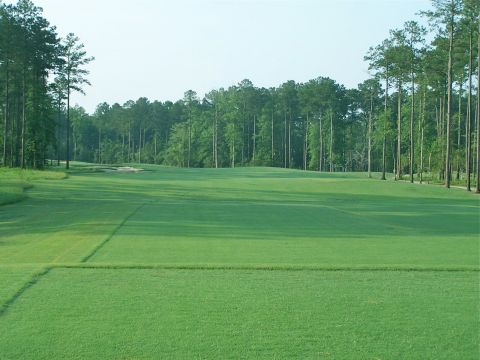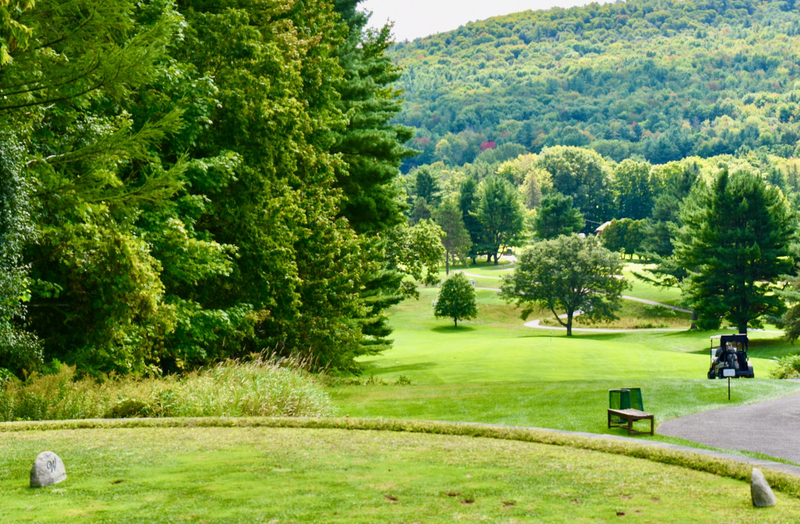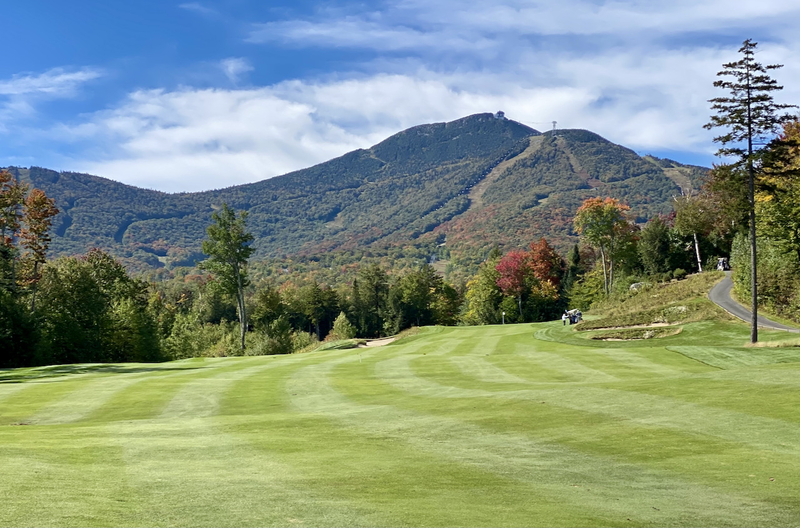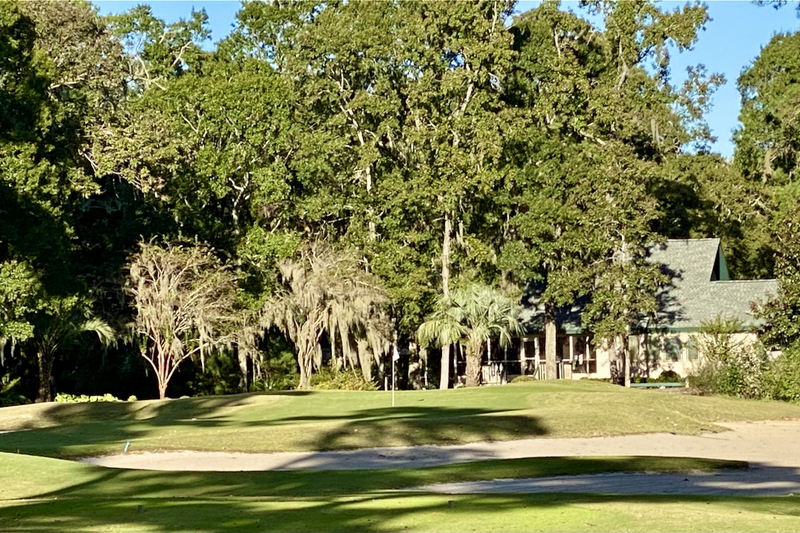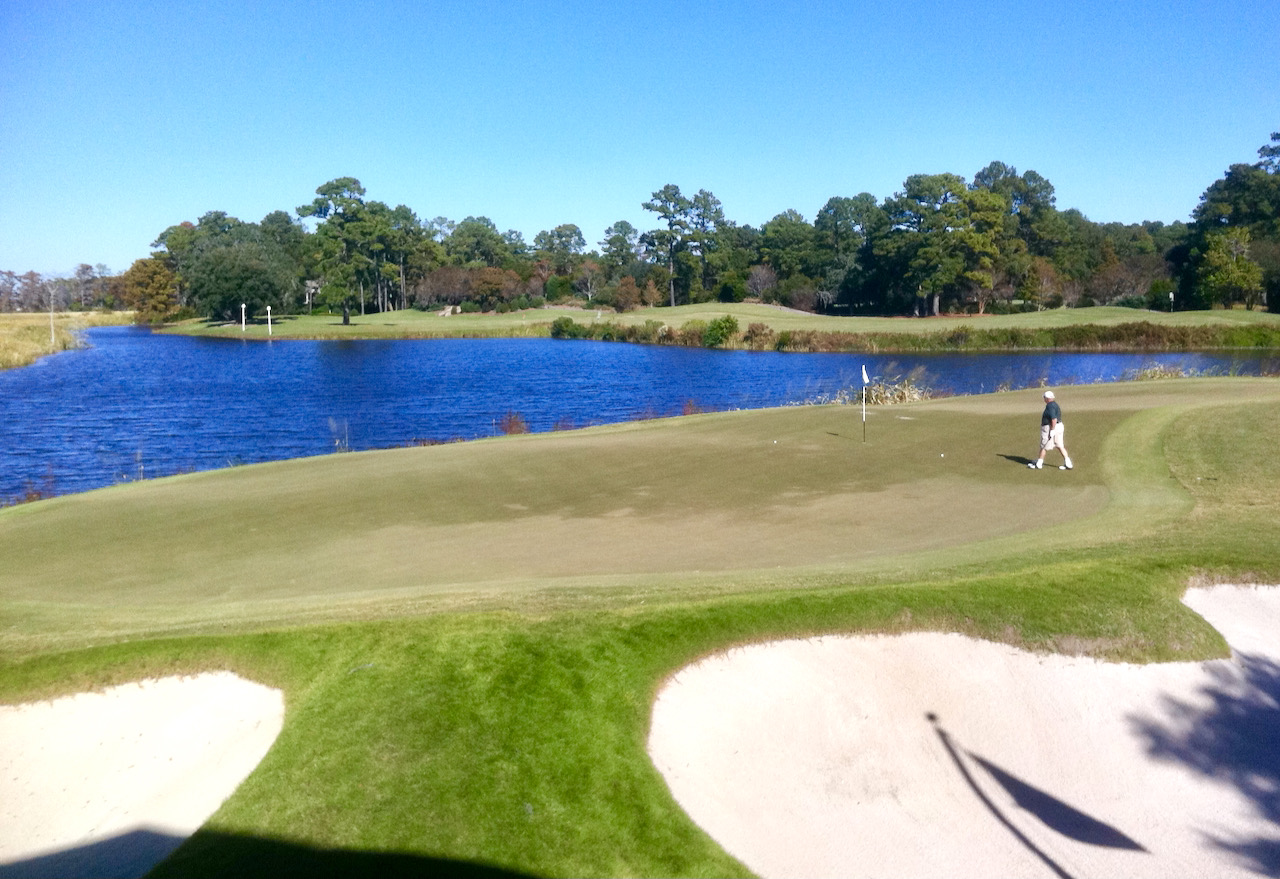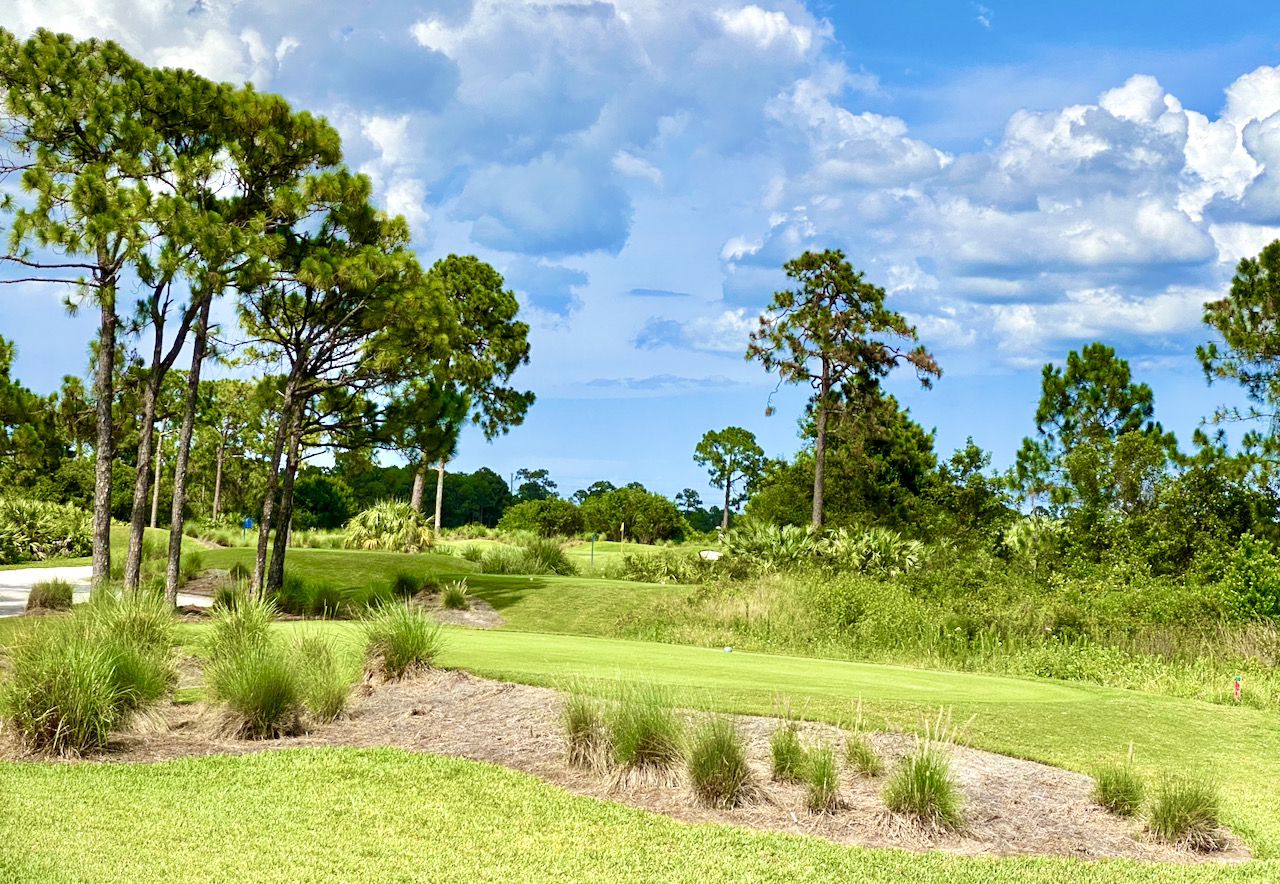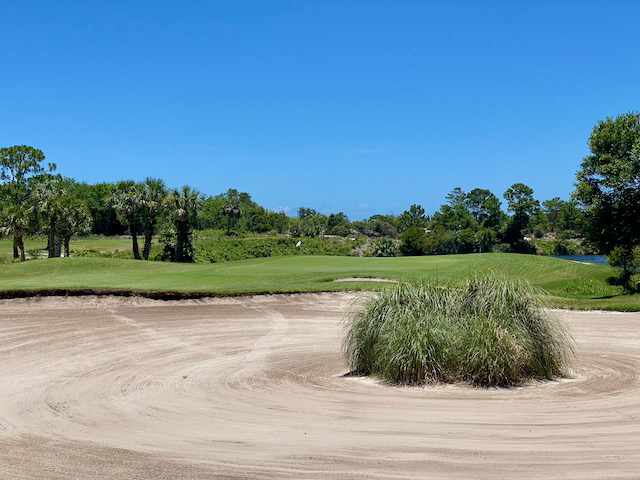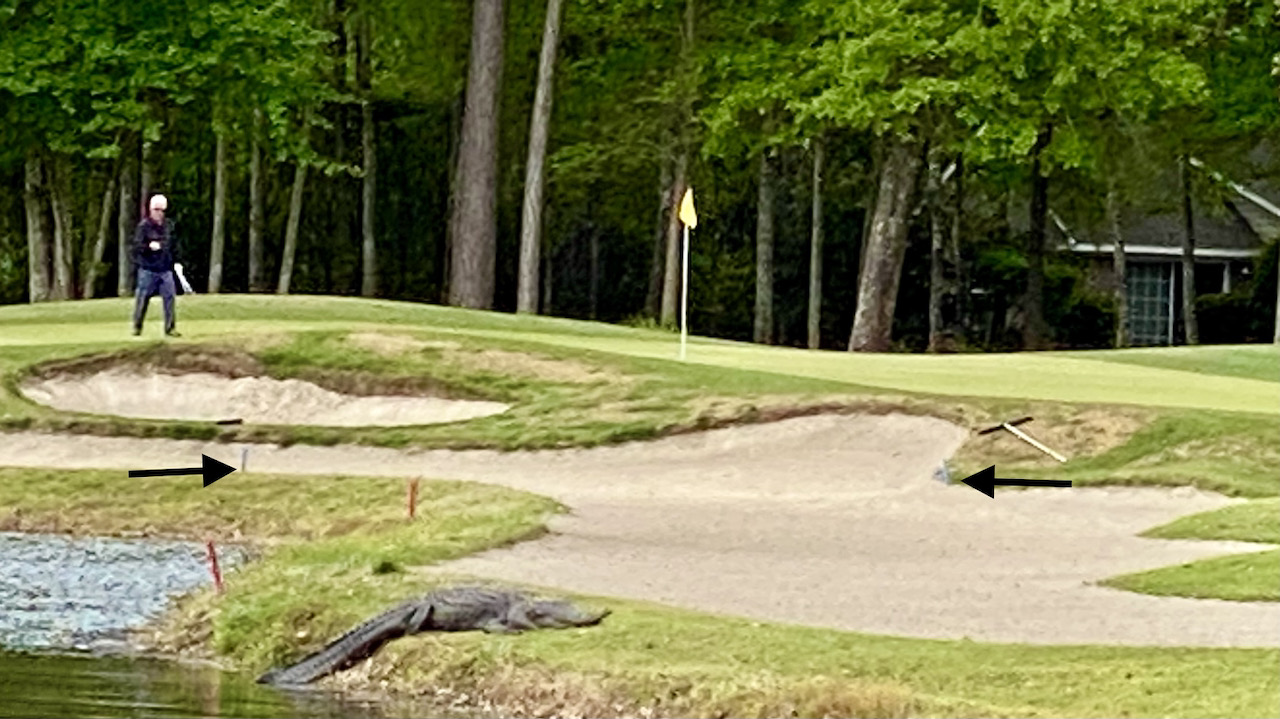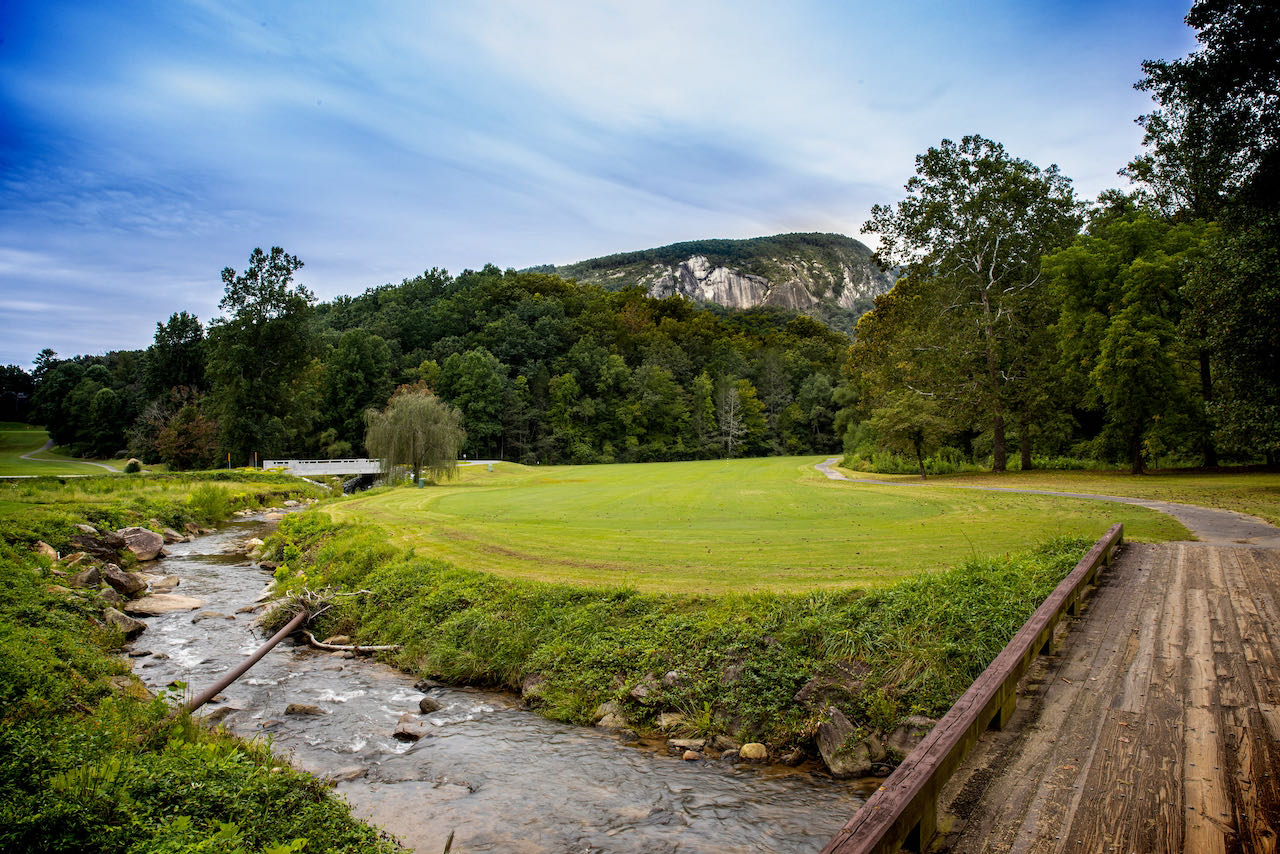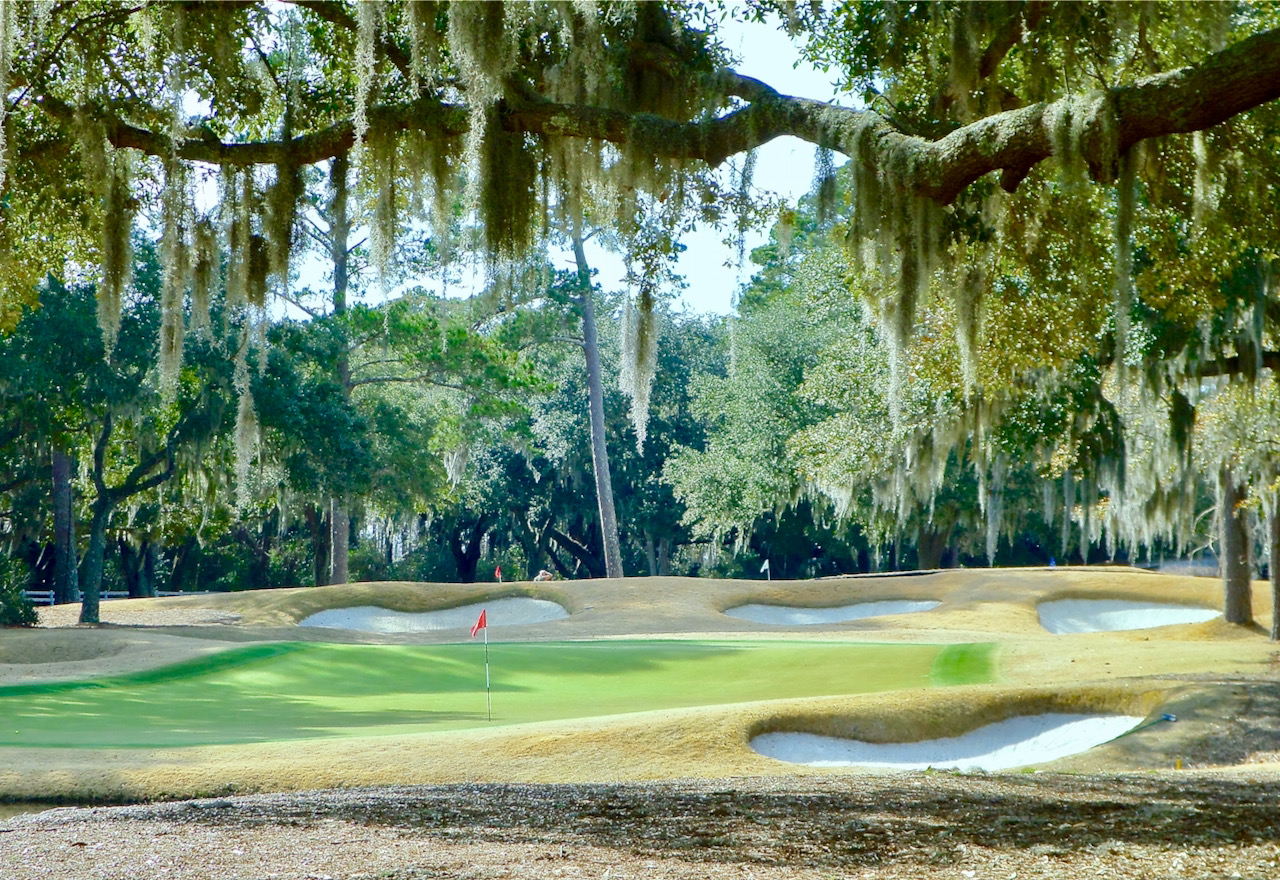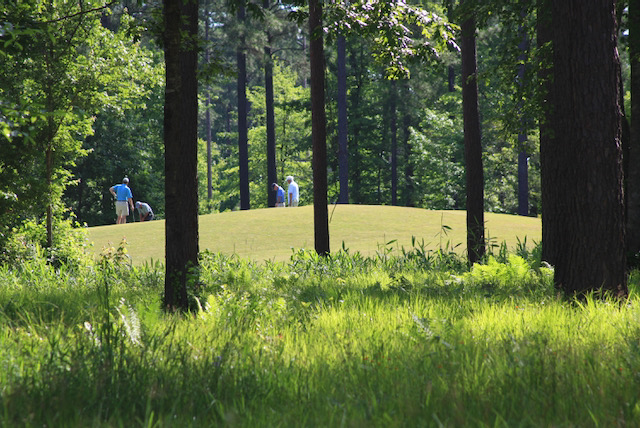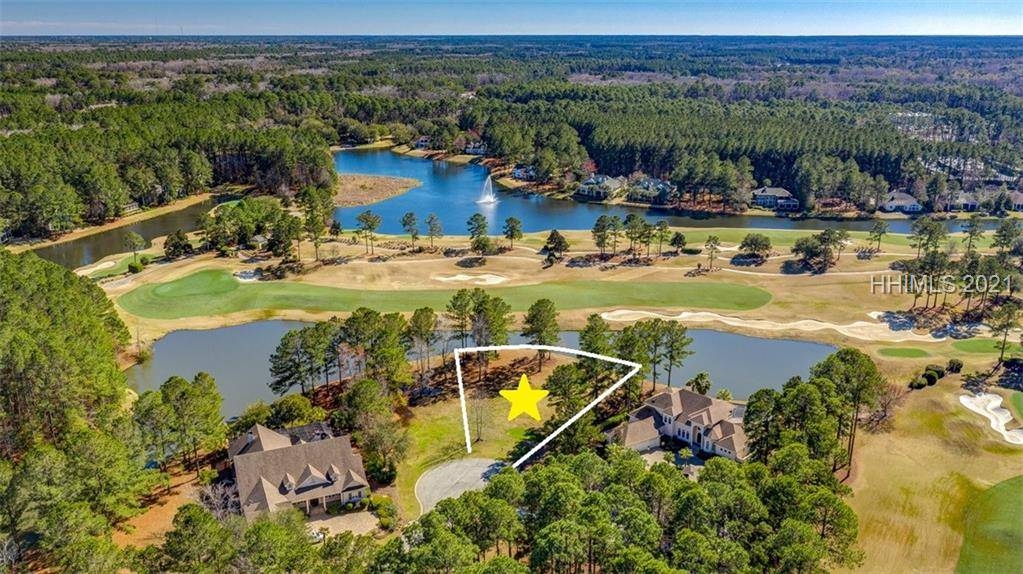For Jack Nicklaus, practice was always a key ingredient to his success as a competitive golfer. And although his competitive days are over, the Golden Bear still practices what he preaches.
In recent years, Nicklaus has addressed the fall-off in golf play by touting a practical idea -– 12 hole golf courses. The logic behind the idea is unassailable: A shorter golf course would appeal to senior golfers who might not have the physical or mental stamina to complete 18 holes; to the businessman and woman for whom a 4 ½ to 5 hour round is too much of a luxury; and to beginning golfers, young and older, for whom the frustration of a difficult game would be lessened by a layout one-third shorter.
“It’s the health of the game, the growth of the game, keeping people in the game, that I’m interested in,” Nicklaus said earlier this year, as reported at several golf-oriented web sites.
Nicklaus, who has tried to convince PGA Tour chief Tim Finchem to endorse the idea (he’s thinking about it, reportedly), tested out the concept at his own Muirfield Village Golf Club over Labor Day weekend. The club hosted 12-hole events that attracted 100 golfers over a rainy weekend; the group included a hefty dose of senior golfers who do not play regularly, as well as mothers and daughters previously intimidated by the course, and junior golfers. To make things even easier, the golfers were encouraged to move up one tee box from their normal teeing grounds, the holes were virtually doubled in size (to almost 8 inches), and penalties were assessed for rounds longer than 2 ½ hours. (Average time of play turned out to be 2 hours 15 minutes.)
The idea is intriguing, and could work at existing 18-hole layouts that reconfigure themselves in such a way that the 12th hole returns to the clubhouse. In that way, those who want to play just 12 could make way for those continuing on to the full 18 (it would give those who hate to be stuck behind slower players something to look forward to). And everyone but the strictest traditionalists could be happy.
We’d love to hear your opinion on 12-hole golf courses. Please cast your vote at the top-left of this page.




